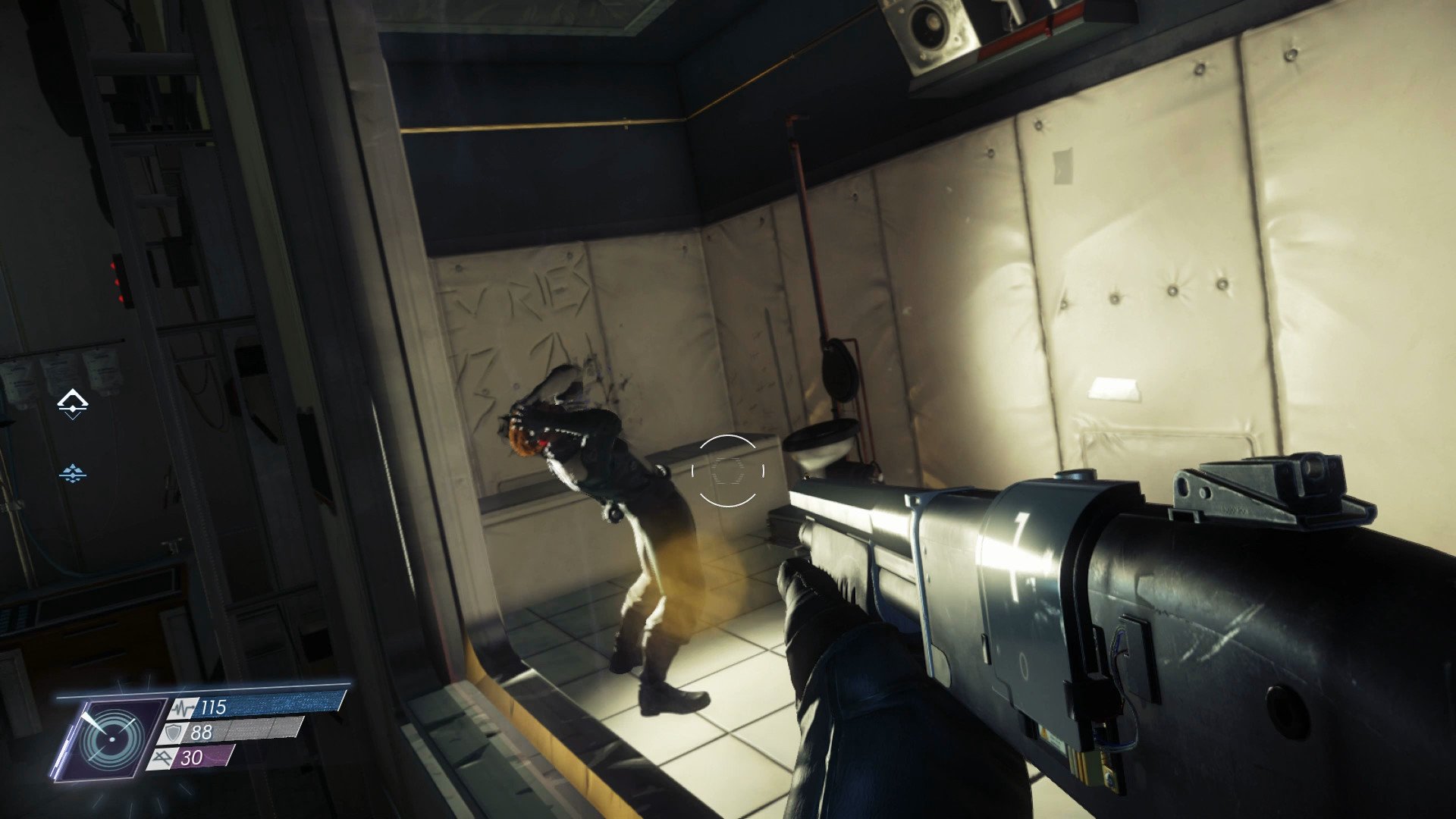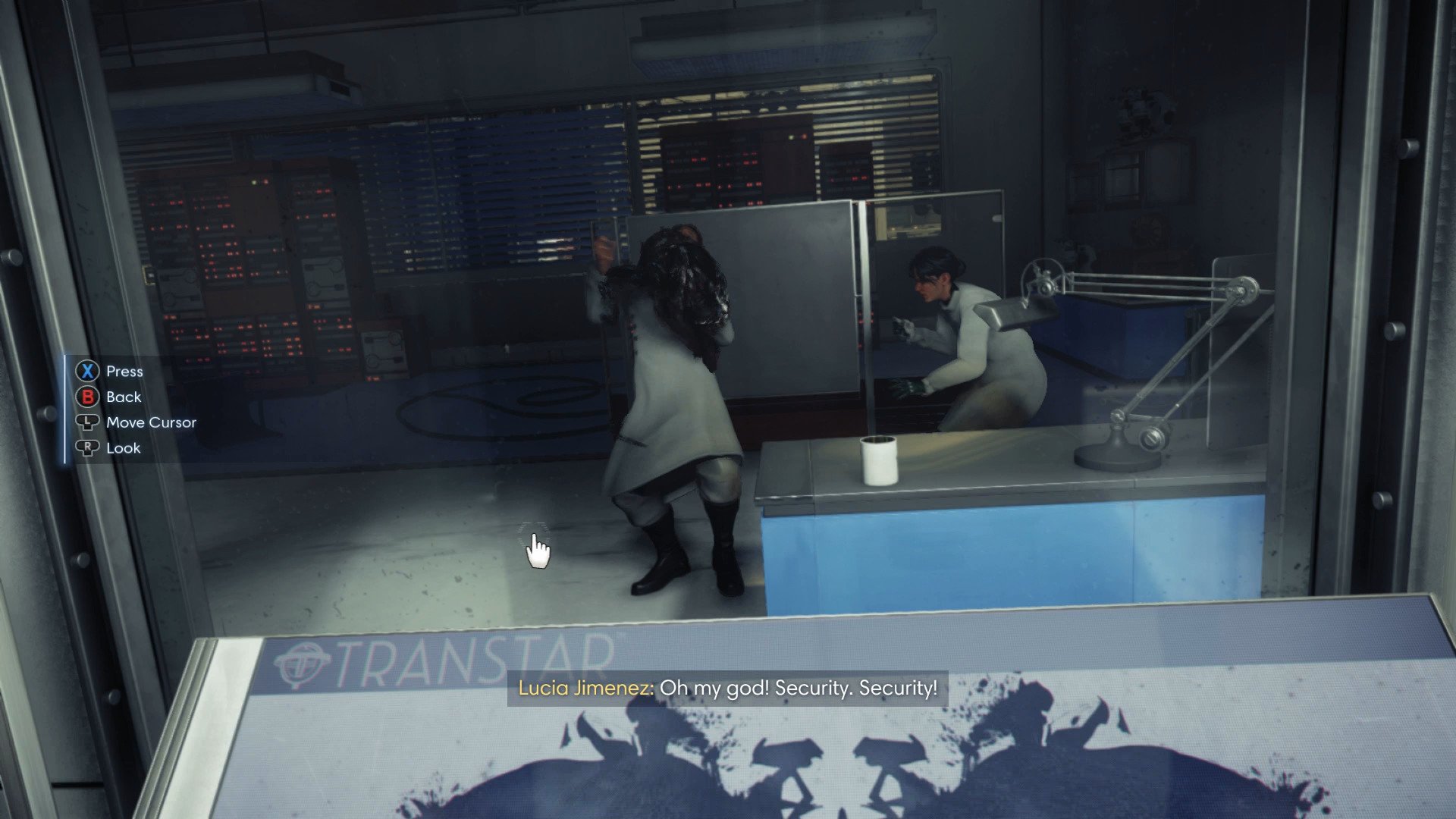Prey for Xbox One preview: Paranoia meets creativity in a game packed with potential
Prey has a demo on Xbox Live and Steam, but if you're still on the fence, we have some initial thoughts after spending an inordinate amount of time messing around with the game.
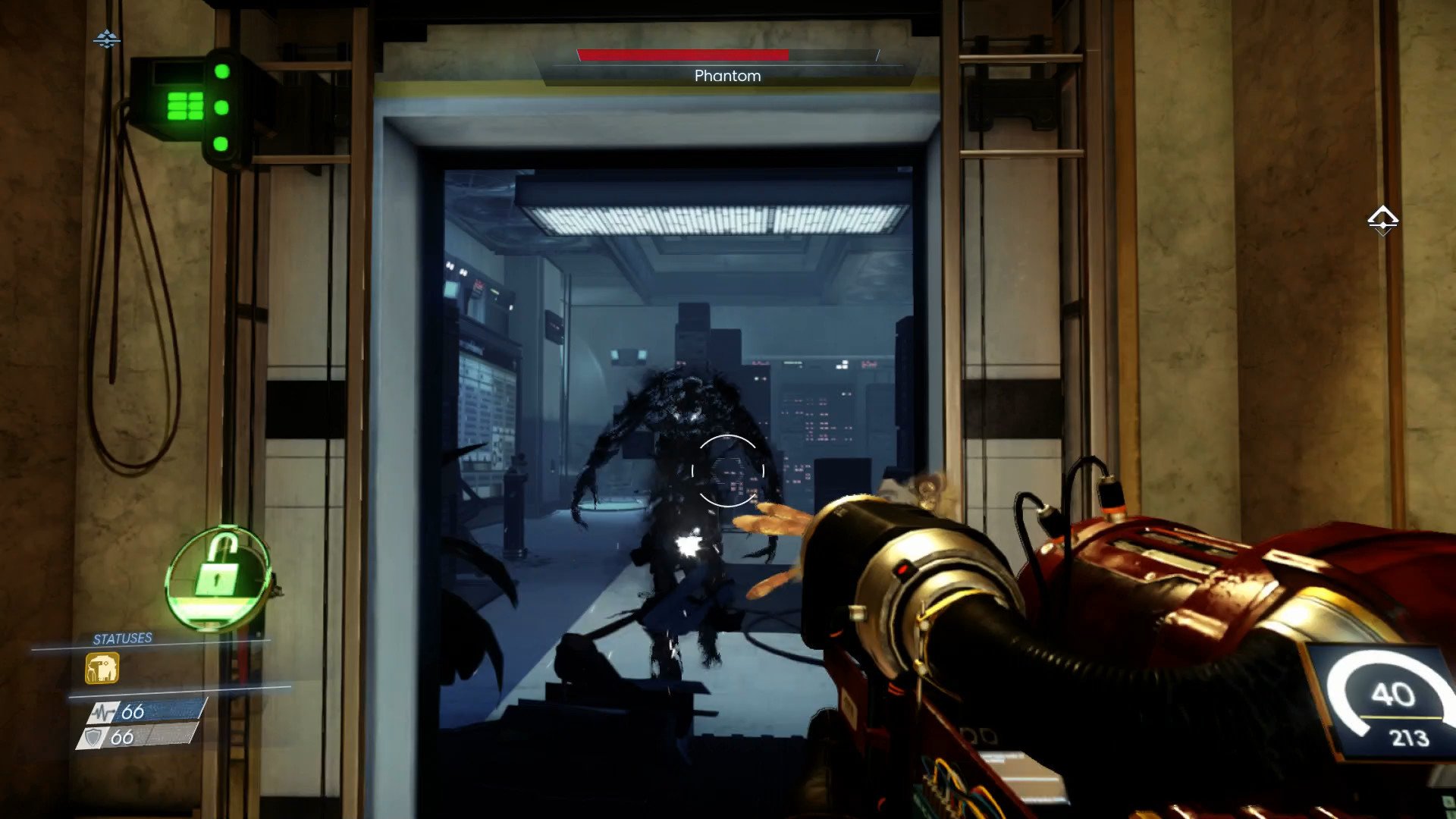
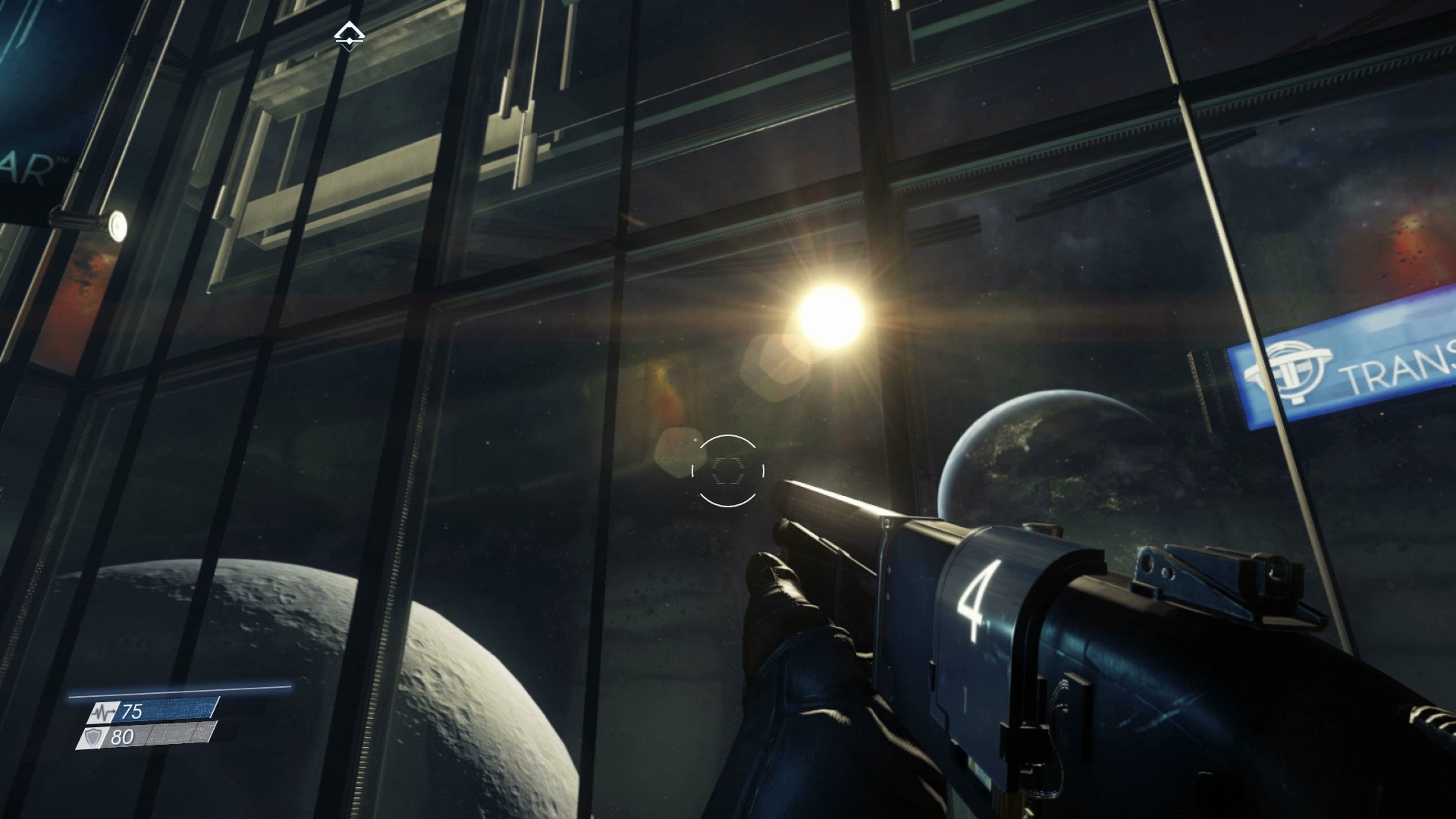
I first saw Prey behind closed doors at Gamescom 2016, and I saw a game that was as impressive as it was intriguing. You can turn into a cup? What the hell are those "Typhon" things? Is he really going to stab himself in the eye?
Initially, the closest comparisons I could offer were between Prey and more contemporary titles including Bioshock, Half Life, and even a hint of Dead Space. It's a horror shooter set in a wide linear map, full of wacky and wonderful weapons and gadgets, with an edge of tension and fear. And prey's trailers really don't do the full game justice.
Prey has a deep, RPG edge that isn't simply used as an artificial progressional tool as seen in other modern shooters. You can thoroughly customize your playstyle, and the game offers you a huge array of options for overcoming obstacles and solving problems. It's better to think of Prey as sharing more in common with Fallout 4, Deus Ex and it's spiritual predecessor, System Shock, than any other pure shooter.
Prey is not about running and gunning; it's about exploration, contemplation, planning, and problem-solving. And it seems thoroughly tremendous.
From the depths of development hell
Prey, of course, has existed before. The previous game was a modestly successful supernatural sci-fi shooter from Human Head Studios. The IP transferred to Bethesda a while ago, and the sequel to Prey, Prey 2, eventually found itself mired in development hell, causing Bethesda to pull the plug.
The new Prey shares nothing in common with the IP that spawned it. The plot, universe, and mechanics are all different, sharing only superficial similarities in the sense that there are aliens. Arkane Studios, known for Dishonored, has spent the last few years building the game to its own vision, to create a spiritual successor to System Shock, one of the industry's most important and iconic games. That's a tall order, but it looks as though Prey may come close to the mark.
In the pursuit of science
Prey takes place decades into the future, in an alternate reality where U.S. President Kennedy was never assassinated. Kennedy bolstered the space program, leading to a growing orbital industry, and even collaborations between the USSR and U.S.
All the latest news, reviews, and guides for Windows and Xbox diehards.
Eventually, the flurry of space activity drew the interest of the Typhon, a mysterious hivemind of disparate black slime creatures. Working together, the USSR and U.S. quarantine the Typhon aboard an orbital space station known as Talos I and subsequently abandon it.
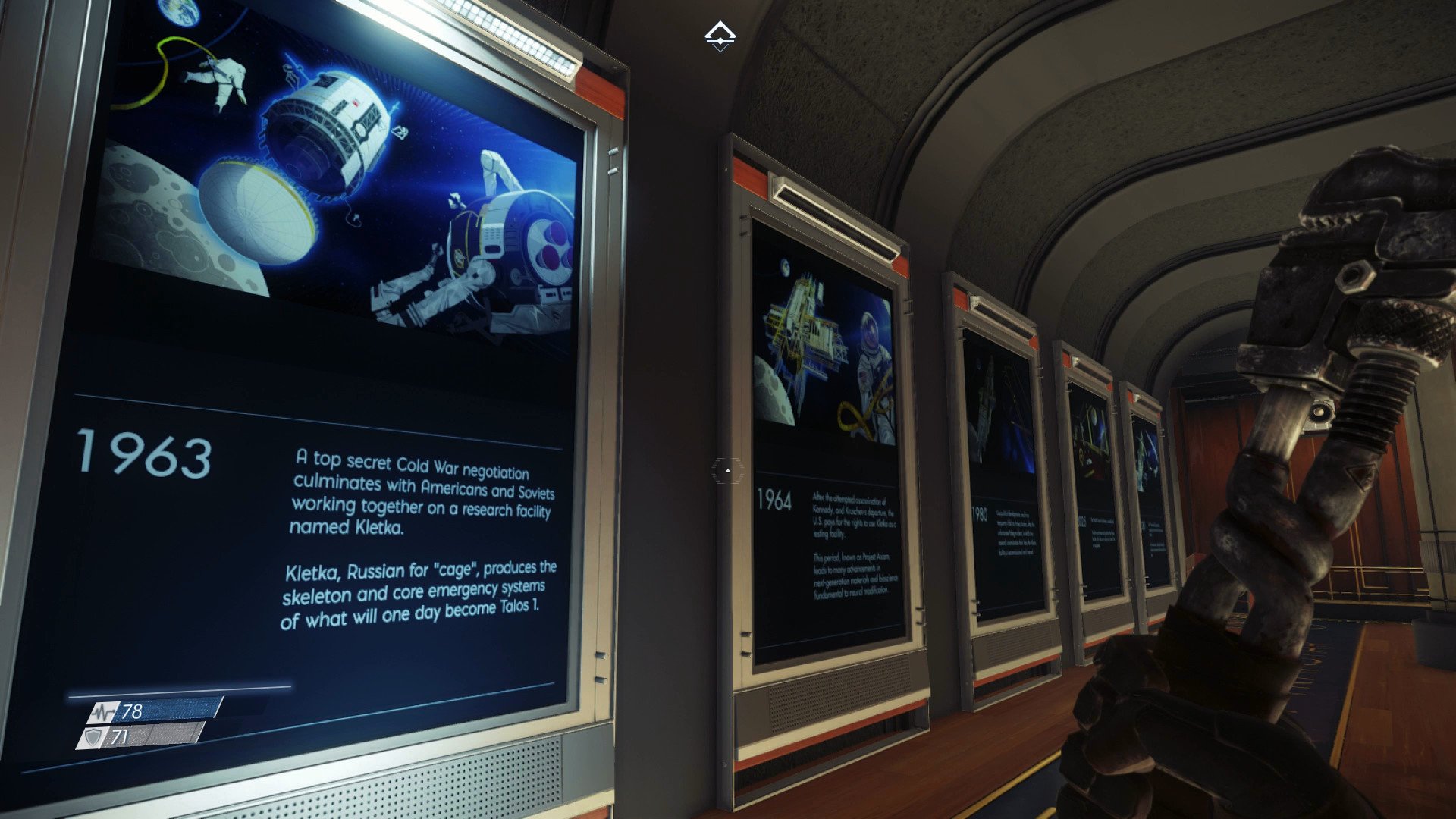
Decades later, the TranStar corporation acquires the aging space station from the U.S., which gained full control following the fall of the Soviet Union. TranStar utilizes the facilities to create an entirely new industry, Neuromods, which allow people to modify their brains and bodies at will. Some domestic Neuromods include instantaneous learning of languages or skills, like playing the piano, but they can also do things like enhance your physical strength.
Amidst this success, TranStar grows into a corporate behemoth, having altered humanity forever. Led by the protagonist's brother, CEO Alex Yu, TranStar is now seeking the next leap in their technological advancements, and it involves the Typhon, still imprisoned on the station. You don't need me to explain how things are going to go very wrong.
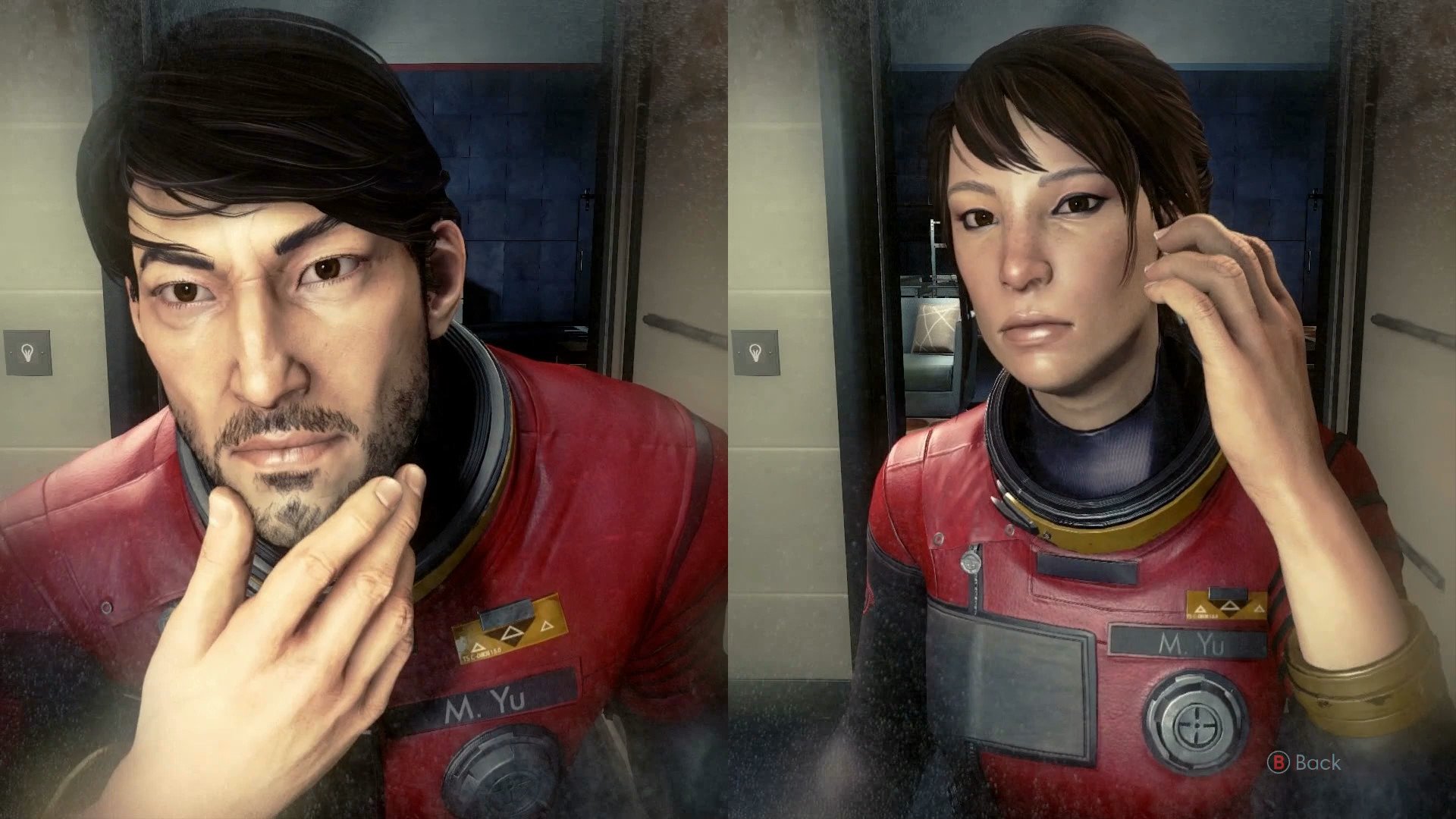

In space, no one can hear you ...
The developer enlisted industry heavyweight Mick Gordon to create Prey's soundscaping, and the choice was right on the money. Prey's atmospherics are liberally doused in frantic paranoia, and Mick Gordon's sharp, grating electronic noir can shift to near-silence almost instantaneously, reacting dynamically to combat. It's simply unnerving.
You see, in Prey, everything is an enemy. Some Typhon aliens have the ability to mimic literally any object in the game's environment, which can be terrifying. A swarm of mimics can strip your health very rapidly even on normal difficulty, and if you play on hard, or especially insane difficulty, fear lurks around every corner, under every desk, and in every corridor.
Prey is all about emergent gameplay. As such, it uses a Metroidvania-style layout, where the entire space station is accessible, at least potentially, from the outset. Some areas may require more advanced abilities, but your path to those abilities winds throughout huge, maze-like areas that are littered with dynamic opportunities for problem solving. Prey is completely non linear.
You see a locked door. Like in Deus Ex, perhaps you can hack the keypad. Perhaps you can go and find the associated keycard. Perhaps an email on a nearby computer will have a clue. Maybe there's an air vent you can crawl through. Or when all else fails, you could use the Typhon's mimic Neuromod power to transform yourself into a coffee cup, and slide under the door.
Prey feels dynamic. It's not about progressing from A to B, it's more like, moving from A to D, to F, back to D, then to 7, then to B ... maybe. And on your quest to reach that final destination, there are plenty of opportunities to stray off the main path, landing yourself in a forever deepening rabbit hole.
Lethal creativity
There's no monster in the closet; the monster is the closet.
Even in Prey's "brief" demo, I found myself embroiled in hunts for various secrets, side quests, and immersed in overlapping email chains from Talos I's various inhabitants.
Talos I shares similarities with Bioshock's Rapture in the sense that it's full of corpses, now overrun with things that want you dead, steeped in 2001: A Space Odyssey's 1960s style space-deco. Prey isn't a jaunt through DOOM 3-style pitch-black hallways, nor is it a Dead Space-like, zero-G gorefest. Prey is a different beast, where the dynamic systems that govern the game create the tension. There's no monster in the closet; the monster is the closet.
Gonna need a lot of these. #Prey pic.twitter.com/1bYVgYVvFy— Jez Corden (@JezCorden) 30 April 2017
Prey has a crafting system, too!
You can ignore everything and run through Prey, blasting enemies with your shotgun, heading towards the objective marker while ignoring the nuance that exists all around you. But you'd be playing Prey wrong. The game is crammed to the brim with ways to build your character, even in the tiny slice afforded in the demo. Weapon upgrades, armor "chipsets" that grant special bonuses, Neuromod skill trees, and all sorts of souped-up sci-fi weaponry are begging to be found, scattered throughout Talos I. Even the toy crossbow I found with foam darts serves a gameplay purpose.
The "Gloo" gun is an incredibly versatile weapon that shoots rapidly hardening adhesive. You can trap enemies in it, create platforms with it, block doorways or extinguish fires with it, and even create cover. It's the type of dynamic weapon that's reminiscent of Half Life 2's gravity gun, with the central emphasis that combat revolves around clever use of the game's varied mechanics.
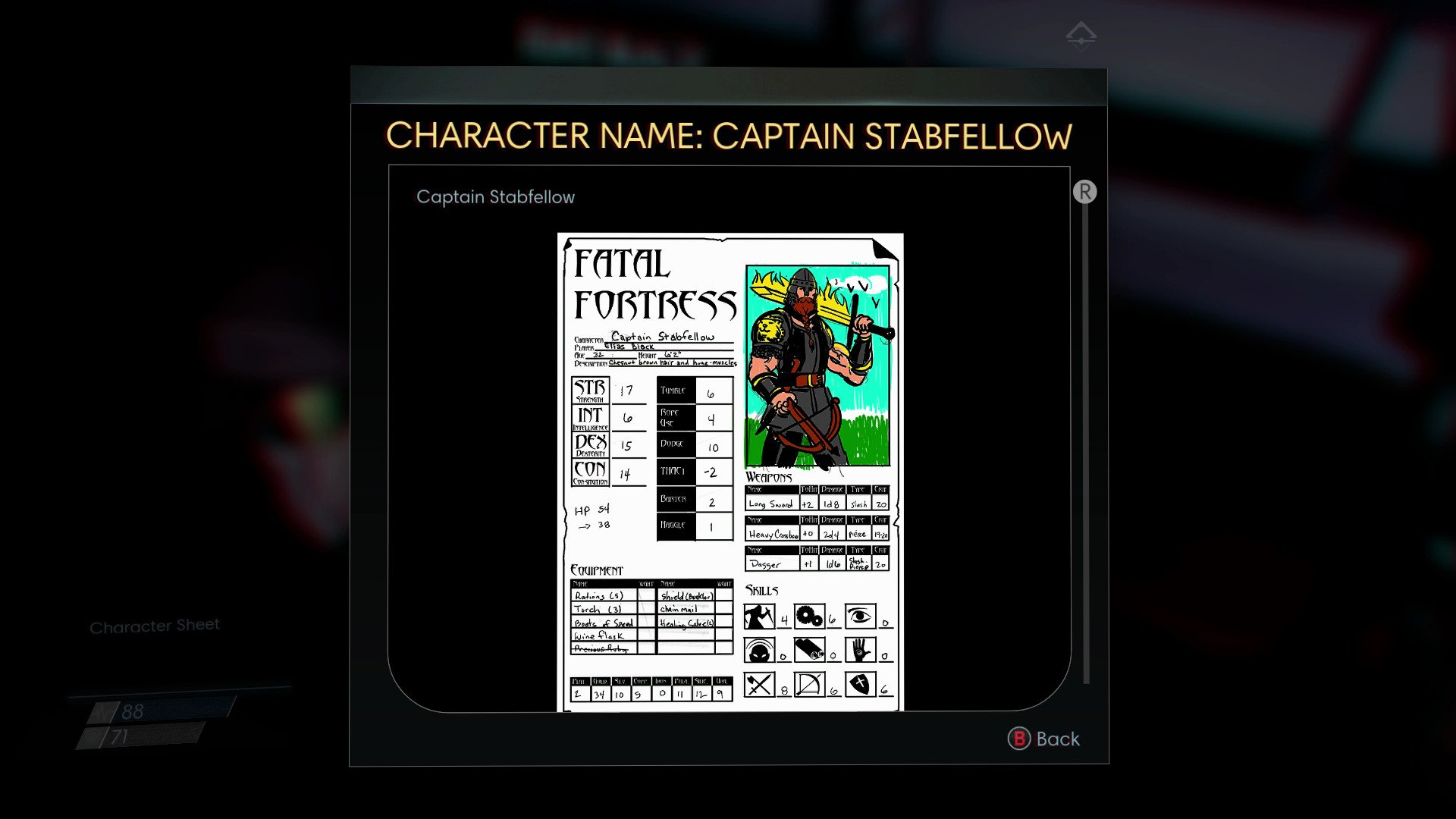
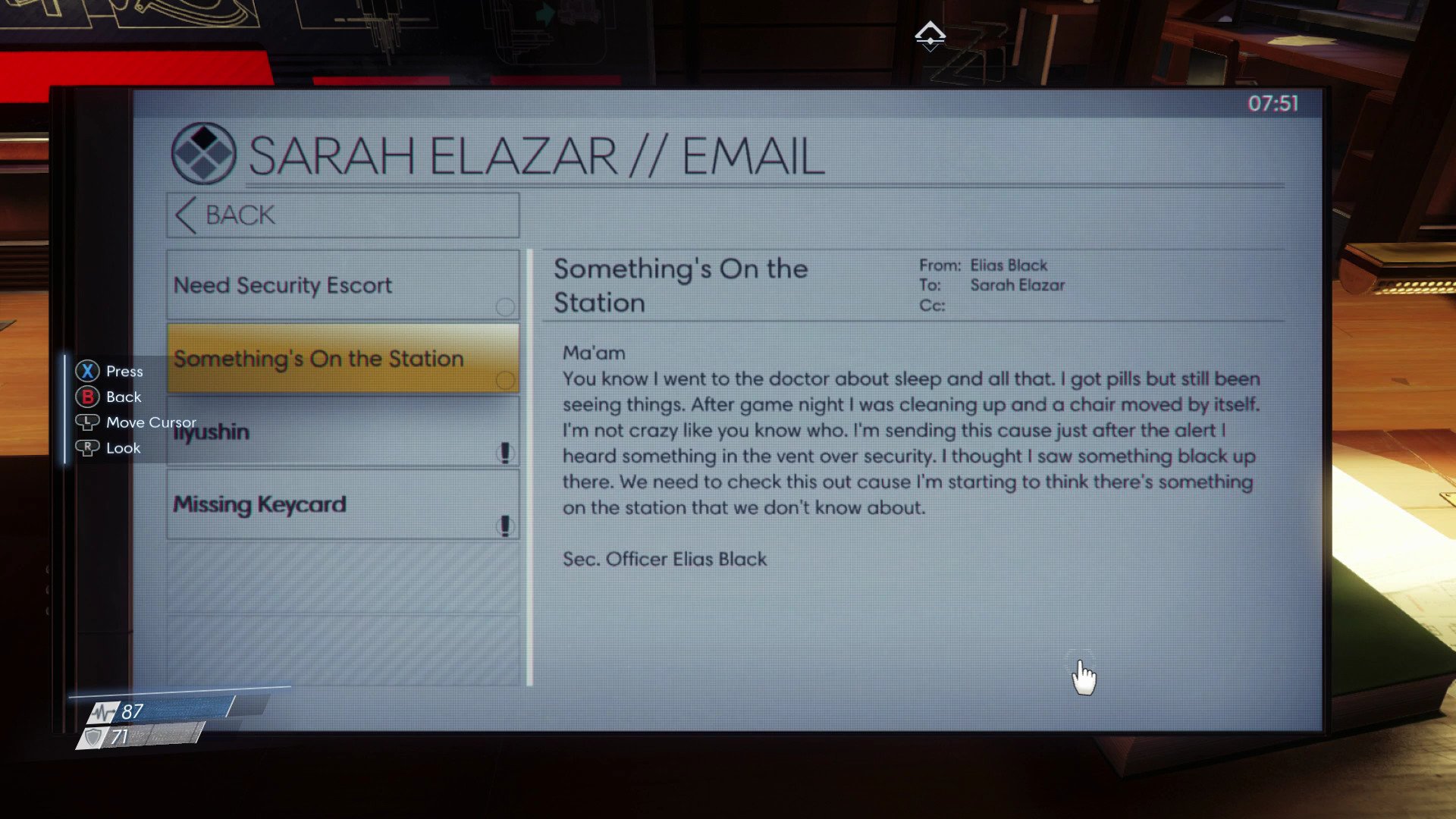
In true Metroidvania style, you will encounter enemies in Prey that are best avoided until you have better weapons and equipment. Unless, of course, you're willing to get creative.
One particularly hard baddie in the demo is the flaming "???" Typhon in the Trauma Center. On hard difficulty, this thing can basically two-shot you, utilizing a combination of harsh melee attacks and an area of effect pillar of fire. The room is, however, littered with pressurized oxygen canisters, which are pretty "explody" with the right persuasion. If that isn't enough, you can drag some deployable turrets from another floor to give you an edge, seek out the demo's various weapon upgrade kits, or even lob a recycler grenade, which condenses all nearby objects into their constituent parts.
Facing enemies head on with a pistol or shotgun is the most basic approach to take when fighting enemies, but it's not always enough if you're fighting creatures stronger than yourself.
Terminated ??? with extreme prejudice. @PreyGame @ChrisAvellone pic.twitter.com/0dSiQaG1E4— Jez Corden (@JezCorden) 29 April 2017
Slow-mo Neuromod + shotgun + sneak attack + gas pipes = insta-kill.
Even with the demo's limited tools and Neuromods, there's far more room for gameplay creativity than any other shooter in recent memory, and it makes me eager to get my hands on higher level weapons and abilities.
Should you preorder Prey?
Bethesda isn't sending out review copies very long in advance of Prey's May 5 launch date. As such, reviews that emerge on May 5 will likely be rushed. The best way to decide if the game is right for you is to pick up Prey's demo — just make sure you're playing it as intended.
You're not supposed to be DOOM guy in Prey, rushing around in space marine gear wielding a giant chainsaw. You're supposed to think your way through encounters, utilizing all the tools at your disposal. You're vulnerable in the same way you might be in a stealth or survival horror title. As such, overcoming difficult challenges makes Prey relentlessly rewarding, even in its brief demo.
Prey utilizes CryEngine, which I have always found to be a little janky when used by anyone other than Crytek itself. Prey feels a little sluggish, and even without an frames per second counter, you can feel the engine choking at times.
Additionally, Prey's visuals might not be to everyone's tastes. Arkane deploys a sort of stylized realism for its games, which gives them an almost comic book-style quality. As such, I found some of Prey's effects to be a little dated-looking, even if they're not intended to be so. The plasma blasts utilized by the Typhon enemies look like something I'd expect of previous generations, and often don't match the style of the game's meticulously detailed environments. Still, these are minor gripes.
I preordered Prey the moment I was done with the demo. I found myself thoroughly intrigued by its story and the complexity that I found in such a tiny slice of its full game. How did the Typhon break free of containment on Talos I? What experiments were they performing here? What is Alex Yu trying to cover up? And what is really happening here?
Prey's demo raises more questions than answers, and I personally cannot wait to get my hands on the full game on May 5. At $49.99, let's hope it delivers.

Jez Corden is the Executive Editor at Windows Central, focusing primarily on all things Xbox and gaming. Jez is known for breaking exclusive news and analysis as relates to the Microsoft ecosystem while being powered by tea. Follow on Twitter (X) and tune in to the XB2 Podcast, all about, you guessed it, Xbox!

